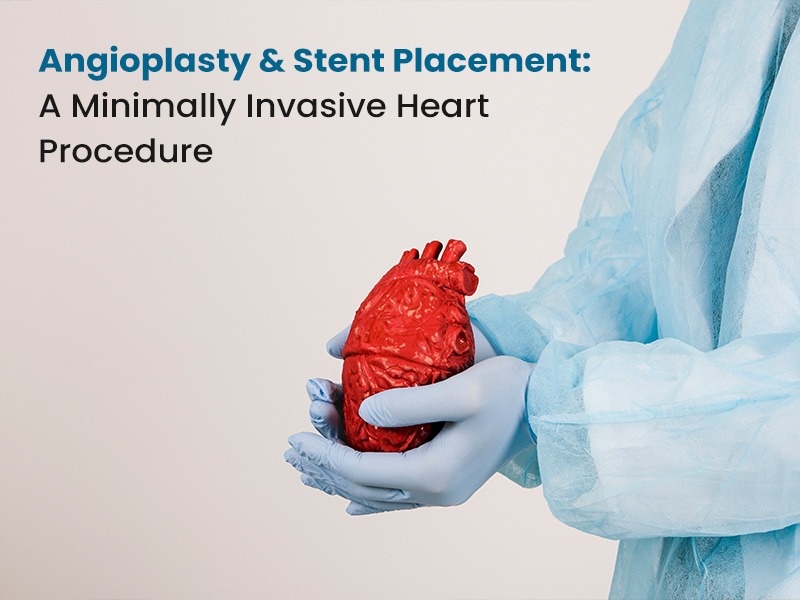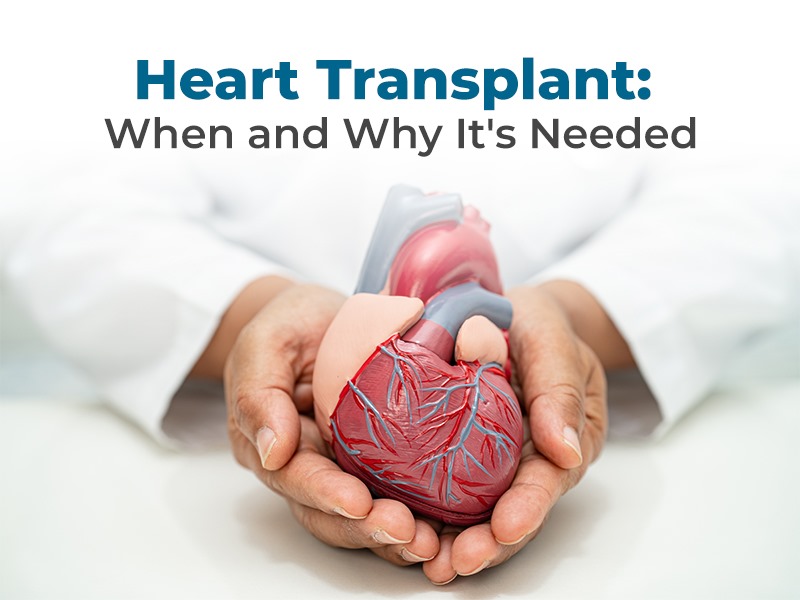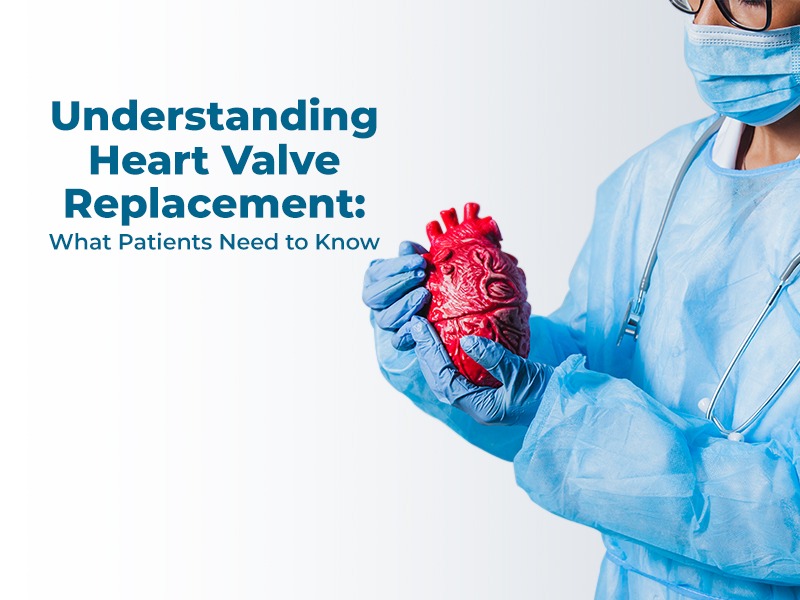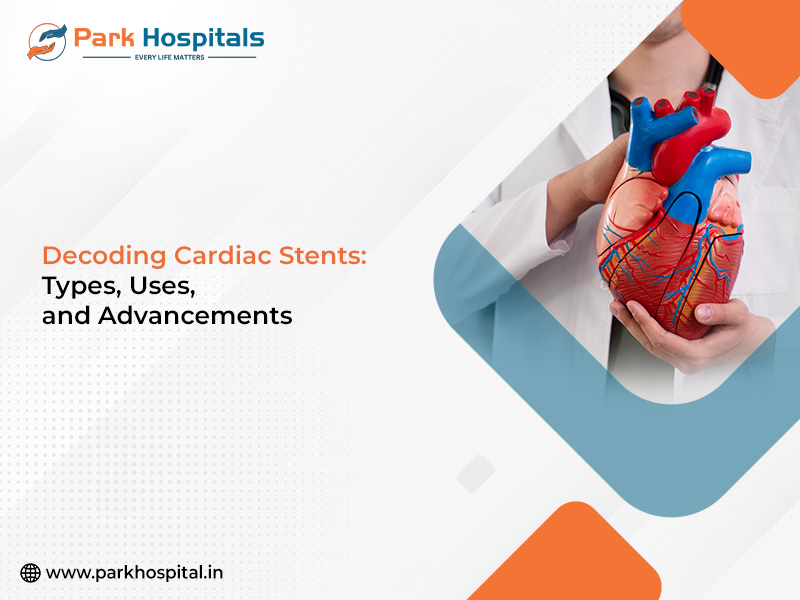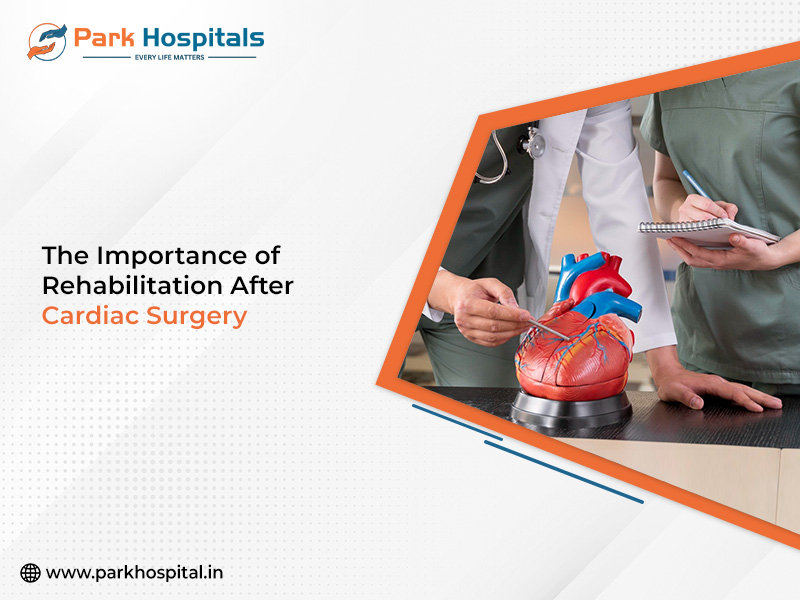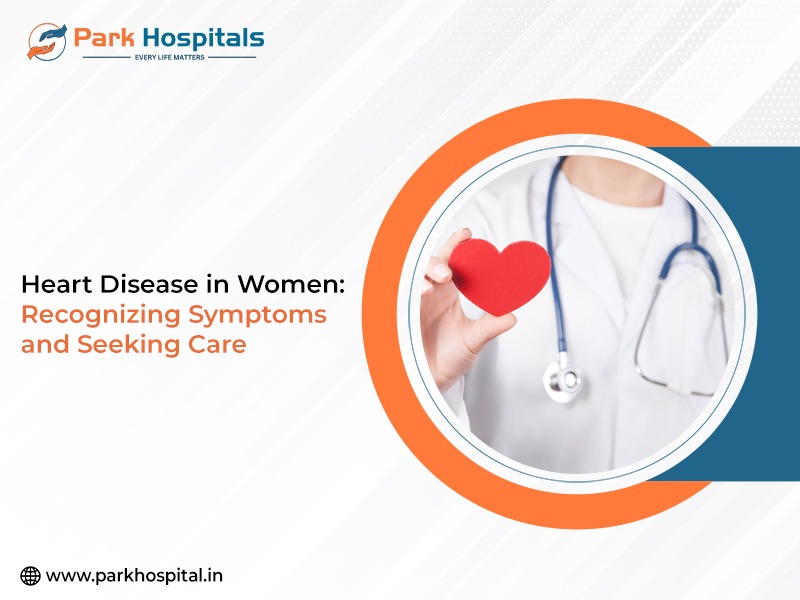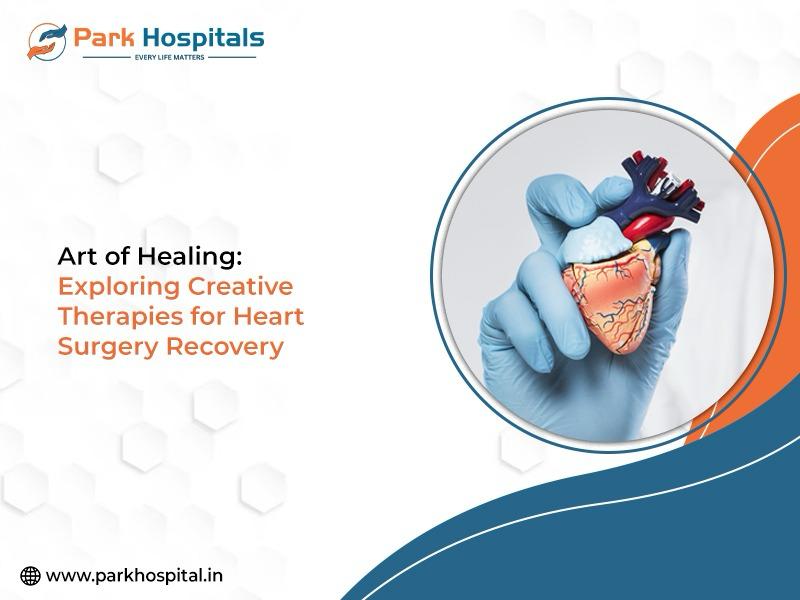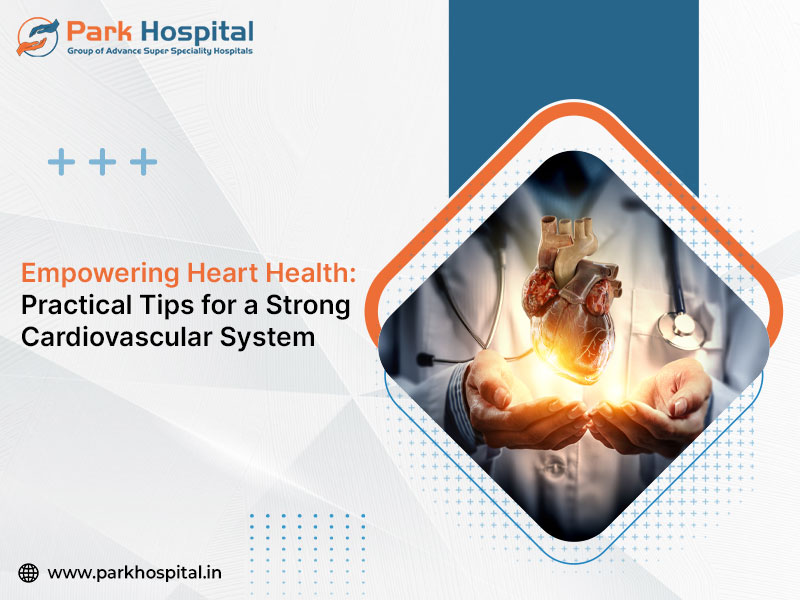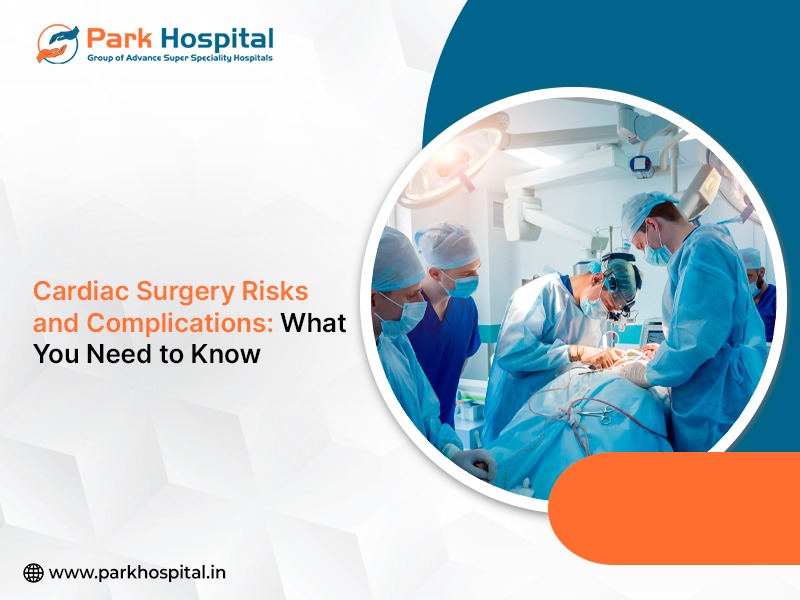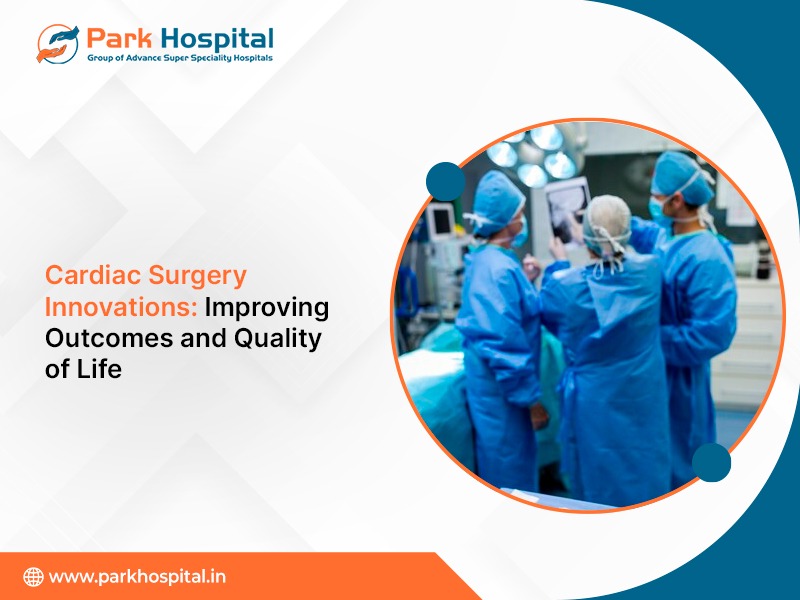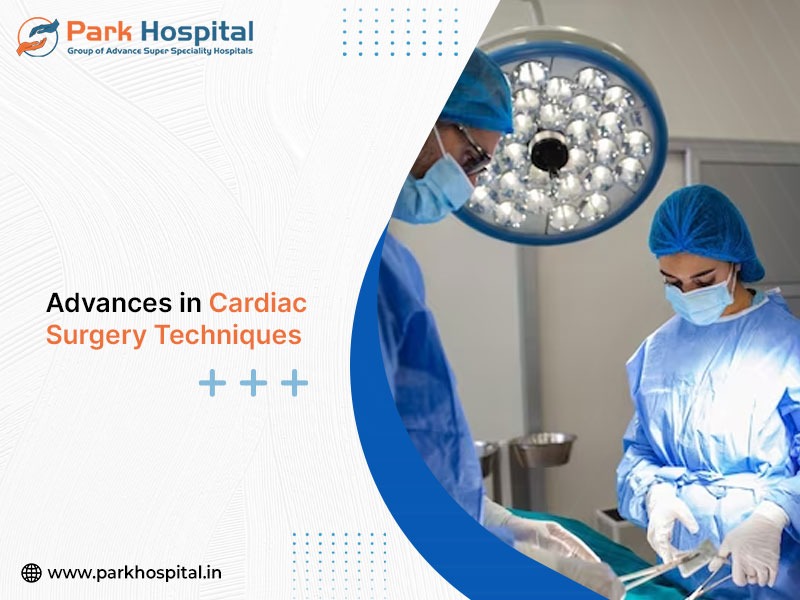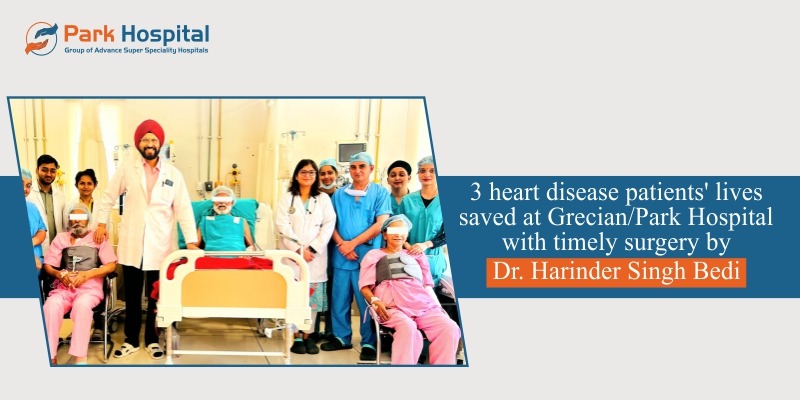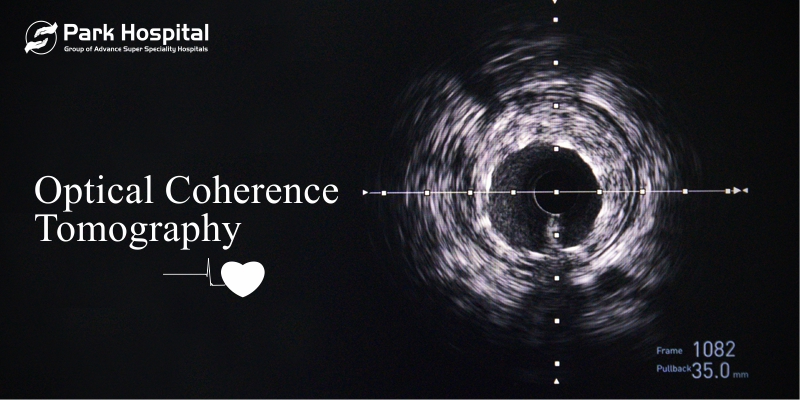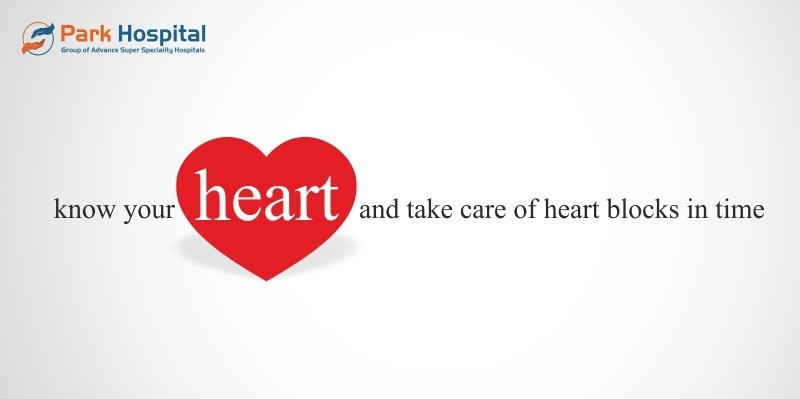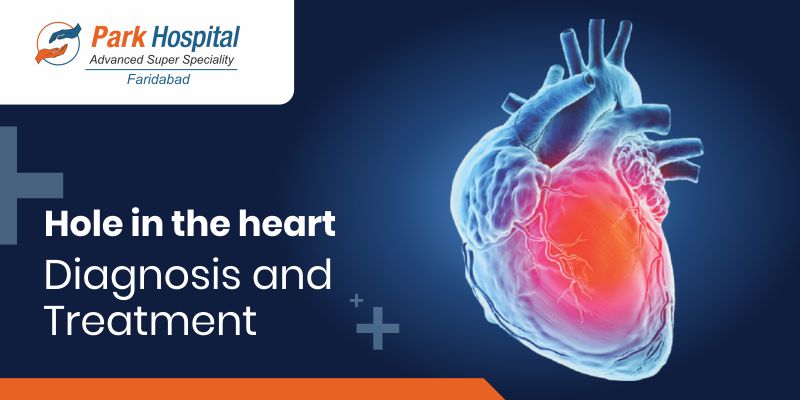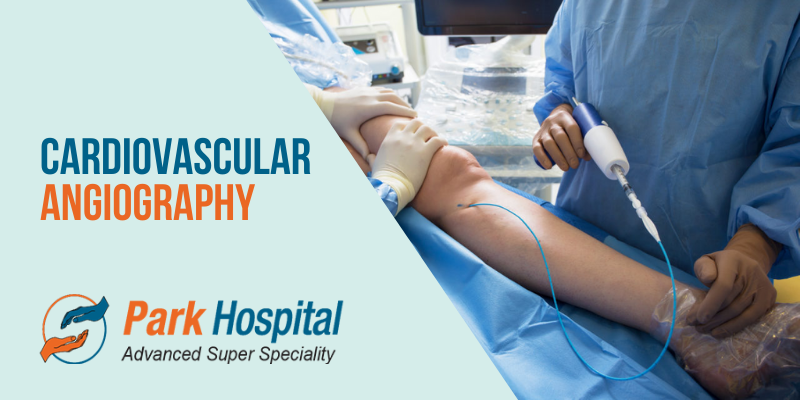Angioplasty is a minimally invasive procedure used to open narrowed or blocked arteries in the heart. It is most commonly performed to improve blood flow in patients with coronary artery disease and reduce symptoms such as chest pain or shortness of breath. The procedure typically involves inserting a small balloon through a catheter to widen the artery, followed by the placement of a stent to keep it open. Angioplasty offers quicker recovery, fewer complications, and is often preferred over traditional open-heart surgeries in suitable cases.
At Park Group of Hospitals, we offer advanced angioplasty and heart stent procedures with a strong focus on patient safety, accuracy, and faster recovery. Our expert cardiologists operate across our state-of-the-art cardiac care units located in Delhi, Gurugram (Sector 47, Palam Vihar, Sector 37D), Faridabad, Sonipat, Panipat, Karnal, Ambala, Patiala, Mohali, Bathinda, Behror, and Jaipur. With 24x7 emergency support and cutting-edge technology, we ensure timely diagnosis and effective treatment.
For any assistance, please contact our emergency helpline at +91 99166 99166.
As highlighted by the National Health Portal of India, angioplasty is widely recognized as a standard treatment for individuals with significant arterial blockages, particularly when lifestyle changes and medication are not enough.
What Is Angioplasty?
Angioplasty is a non-surgical, minimally invasive procedure used to restore blood flow through narrowed or blocked arteries, most commonly in the heart. It is a widely recommended treatment for patients with coronary artery disease, where plaque buildup restricts blood flow and increases the risk of heart attack. In the process of angioplasty, the artery is accessed by inserting a catheter, usually through the wrist or groin area. A small balloon at the tip of the catheter is then inflated to open the artery and improve circulation.
In most cases, stent, a small wire mesh tube, is placed in the artery after the balloon angioplasty is performed. The stent helps keep the artery open and supports proper blood flow long after the procedure. Angioplasty is preferred in many cases over more invasive surgeries because it reduces hospital stays, speeds up recovery, and lowers the risk of complications.
Types of Angioplasty Procedures
There are different types of angioplasty procedures, each tailored to the patient's condition and the location of the blockage. The most common ones include:
1. Balloon Angioplasty
In many angioplasty procedures, a small balloon is inserted into the narrowed artery and inflated to push plaque aside, improving blood flow. Sometimes, no stent is placed afterward.2. Coronary Angioplasty
This common form of angioplasty, known as heart stent surgery, involves placing a bare-metal or drug-eluting stent after balloon dilation to keep the artery open and prevent re-blockage.3. Angioplasty with Stent Placement
In most cases, angioplasty is followed by the placement of a stent, a tiny mesh tube that stays in the artery permanently. This type of heart stent surgery ensures that the treated artery remains open and reduces the chances of re-narrowing.Each of these types offers a less invasive alternative to open-heart surgeries like the CABG procedure, especially for patients with moderate blockages or high surgical risks.
When Is Angioplasty Recommended?
Angioplasty is recommended for patients who have significant narrowing or blockage in their arteries, especially those with symptoms of coronary artery disease such as chest pain, shortness of breath, or fatigue during physical activity. It is also used as an emergency treatment during a heart attack to quickly open blocked arteries and minimize heart damage.
Doctors may suggest an angioplasty procedure when medications and lifestyle changes are not enough to manage symptoms or reduce the risk of serious complications. In some cases, angioplasty is considered a less risky alternative to the CABG procedure, particularly for patients who are not ideal candidates for open-heart surgery.
It is also suitable for patients seeking heart blockage removal without surgery, offering relief with fewer complications and quicker recovery. After careful evaluation through diagnostic tests like angiography, the cardiologist will determine whether balloon angioplasty, coronary angioplasty, or stent placement is the right approach.
Angioplasty Procedure Step by Step
Angioplasty is a medical procedure conducted under expert supervision by an interventional cardiologist within a specialized cardiac catheterization laboratory. It generally lasts between 30 minutes to 2 hours, depending on the severity of the artery blockage and whether a stent is placed.
Step 1: Preparation
The patient receives a mild sedative to remain calm. Local anesthesia is applied at the site of catheter insertion, which is usually the wrist or groin. Imaging techniques are used to identify the exact location of the heart blockage.Step 2: Catheter and Balloon Insertion
The procedure begins by inserting a catheter into the artery and carefully guiding it to the area where blood flow is limited. Once placed in position, a small balloon at the tip of the catheter is inflated. When the balloon inflates, it pushes the plaque to the sides of the artery walls, improving the flow of blood through the vessel. This technique helps restore normal blood circulation effectively.Step 3: Stent Placement
After balloon angioplasty, a small mesh-like metal tube called a stent is often inserted immediately to keep the artery open, support healthy blood circulation, and significantly reduce the risk of the artery narrowing again.Step 4: Post Procedure Monitoring
After the angioplasty, the catheter is removed and pressure is applied to prevent bleeding. The patient is closely monitored for several hours. Full angioplasty recovery time varies by individual but is often much shorter than recovery from the CABG procedure.This involves a minimally invasive procedure that helps relieve symptoms efficiently and restores proper blood circulation. It offers reduced risks and promotes a quicker recovery for patients.
Recovery After Angioplasty
Recovery following an angioplasty is generally quicker and less complicated compared to open heart surgeries like the CABG procedure. Most patients are observed for a few hours or overnight in the hospital, depending on their condition and response to the angioplasty procedure. In some cases, patients do not need an overnight stay and can go home the same day.
The full angioplasty recovery time usually takes anywhere between a few days and up to one week, depending on the patient's overall health and response to the procedure. During this period, patients are advised to avoid heavy lifting, strenuous exercise, and driving until cleared by their doctor. Medications such as blood thinners are usually prescribed to prevent clot formation around the stent.
Making healthy changes to your daily habits is essential for long-term recovery. Eating a heart-healthy diet, exercising regularly, managing stress, and quitting smoking are essential for preventing future artery blockages. Regular follow-up visits help monitor heart function and ensure the stent is performing effectively.
Since angioplasty is a minimally invasive procedure, patients experience less discomfort, fewer complications, and a quicker return to daily life when compared to traditional surgical options.
Benefits of Minimally Invasive Angioplasty
Angioplasty offers several important advantages, especially when performed as a minimally invasive procedure. Unlike traditional open-heart surgeries such as the CABG procedure, angioplasty does not require large surgical incisions or extended hospital stays. This makes it a safer and more convenient option for many patients, particularly those with moderate artery blockages or high surgical risk.
One of the main benefits of angioplasty is its ability to provide quick and effective heart blockage removal without surgery. The use of balloon angioplasty and stent placement allows for targeted treatment of narrowed arteries, restoring blood flow and relieving symptoms like chest pain or breathlessness in a short amount of time.
Patients also benefit from faster healing, reduced risk of infection, minimal blood loss, and shorter angioplasty recovery time. Since the procedure is performed using a catheter inserted through the wrist or groin, there is no need for large incisions or surgical stitches.
Overall, angioplasty offers an effective and less invasive solution for treating coronary artery disease, helping patients return to normal life quickly while reducing the chances of future cardiac events.
Why Choose Park Hospital for Angioplasty
At Park Group of Hospitals, we are committed to delivering safe, effective, and advanced cardiac care through our expert-led angioplasty procedures. Our team of highly experienced interventional cardiologists is trained in the latest techniques including balloon angioplasty, heart stent surgery, and complex coronary angioplasty cases. We focus on accurate diagnosis, timely treatment, and a personalized approach for every patient.
With fully equipped cardiac centers located in Delhi, Gurugram Sector 47, Gurugram Palam Vihar, Gurugram Sector 37D, Faridabad, Sonipat, Panipat, Karnal, Ambala, Patiala, Mohali, Bathinda, Behror, and Jaipur, Park Hospital provides comprehensive heart care services across North India. Our catheterization labs are designed to handle emergency cases and routine procedures with precision and safety.
Whether you need heart blockage removal without surgery, placement of a stent, or an alternative to the CABG procedure, Park Hospital offers the latest in minimally invasive procedures supported by advanced technology and round the clock emergency services.
Conclusion
Angioplasty has transformed the way heart conditions are treated, offering a safe and effective option for patients with narrowed or blocked arteries. As a minimally invasive procedure, it provides faster recovery, fewer complications, and long-term benefits when combined with healthy lifestyle choices. Whether it involves balloon angioplasty, stent placement, or a planned alternative to the CABG procedure, this treatment continues to be a preferred choice for managing coronary artery disease.
At Park Group of Hospitals, we are proud to offer advanced angioplasty procedures across multiple locations with expert teams, world-class infrastructure, and compassionate care. If you or your loved ones are experiencing symptoms of heart blockage, do not delay. Get timely evaluation and treatment from specialists you can trust.
FAQs on Angioplasty and Stent Surgery
1. What is angioplasty and when is it needed?
Angioplasty is a simple and less invasive medical procedure performed to restore proper blood flow through arteries that have become narrowed or blocked inside the heart. It is typically recommended for patients with coronary artery disease who experience symptoms like chest pain, shortness of breath, or have suffered a heart attack. The procedure restores normal blood flow and reduces the risk of serious cardiac events.
2. How is balloon angioplasty different from angioplasty with stent placement?
Balloon angioplasty is a procedure in which a small balloon is carefully inserted into a narrowed artery and then inflated to help widen it. Once the artery is expanded, a stent is often placed to support the vessel and maintain proper blood flow after the balloon is removed. Stent placement reduces the risk of the artery narrowing again.
3. What is the recovery time after angioplasty?
The angioplasty recovery time is usually short. Most patients can resume normal activities within a few days. However, complete recovery and return to strenuous physical work may take about one week, depending on individual health conditions.
4. Is angioplasty a safe alternative to the CABG procedure?
Yes, for many patients, especially those with moderate blockage or high surgical risk, angioplasty serves as a safer and less invasive alternative to the CABG procedure. However, the decision depends on the complexity of the blockage and the patient’s overall health.
5. Can heart blockage be removed without surgery?
Yes, angioplasty is a widely used method for heart blockage removal without surgery. It avoids open chest surgery and offers quicker recovery with minimal discomfort.
6. What are the charges for the angiography procedure in India?
The cost of an angiography procedure in India can differ based on the hospital, city, infrastructure, doctor’s experience and specific diagnostic needs. At Park Hospital, transparent pricing and quality cardiac care are always prioritized.



